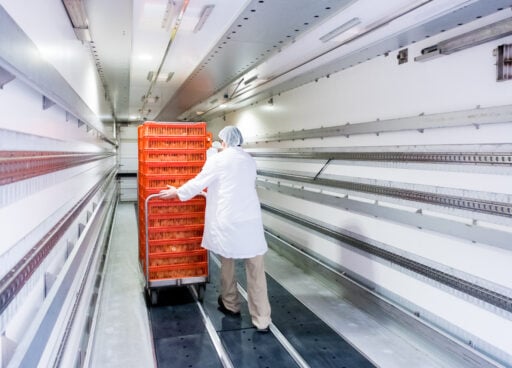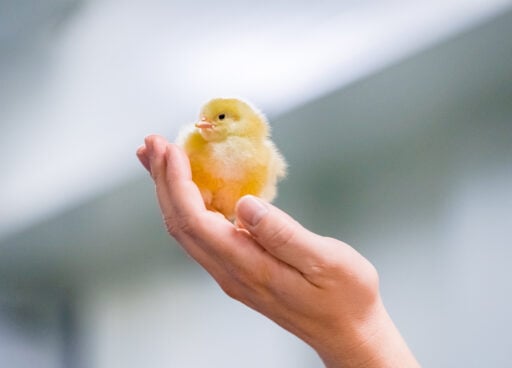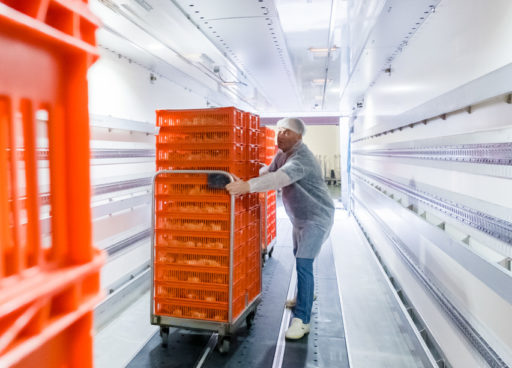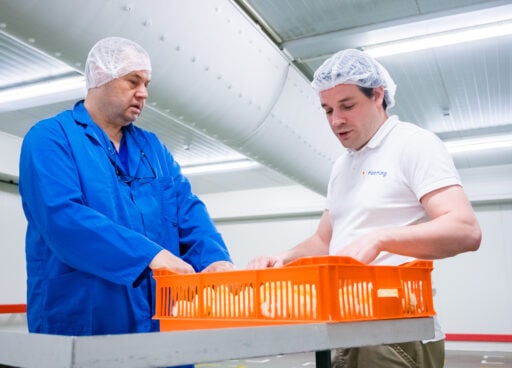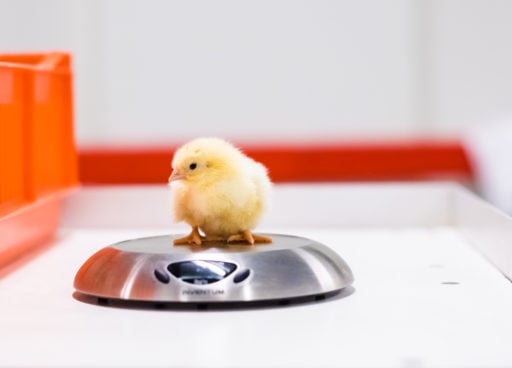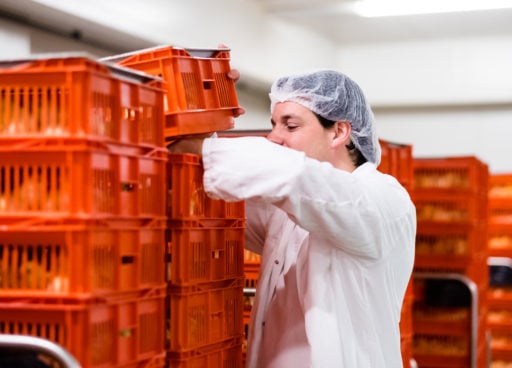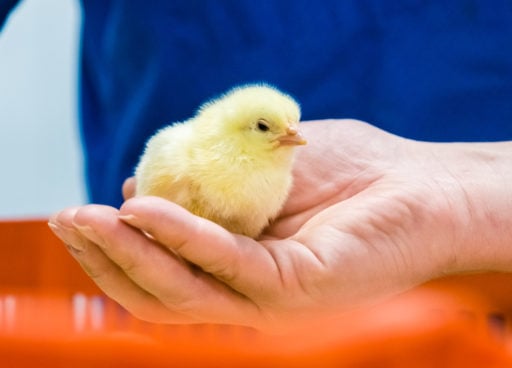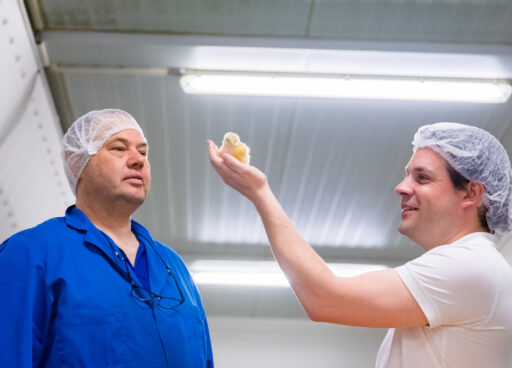The journey of day-old chicks from hatchery to farm is a crucial step in poultry farming, potentially impacting their health and productivity. This article highlights the importance of airflow, hygiene, and disinfection in ensuring the well-being of chicks during this journey, emphasizing their impact on total productivity and financial gains.


